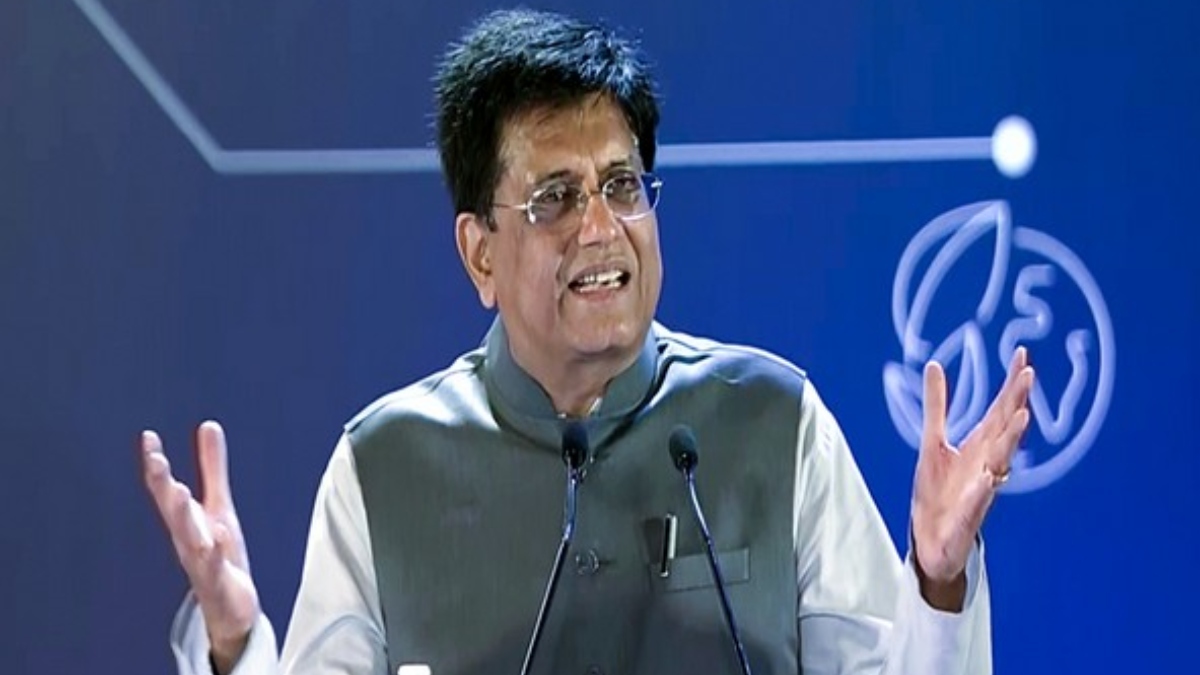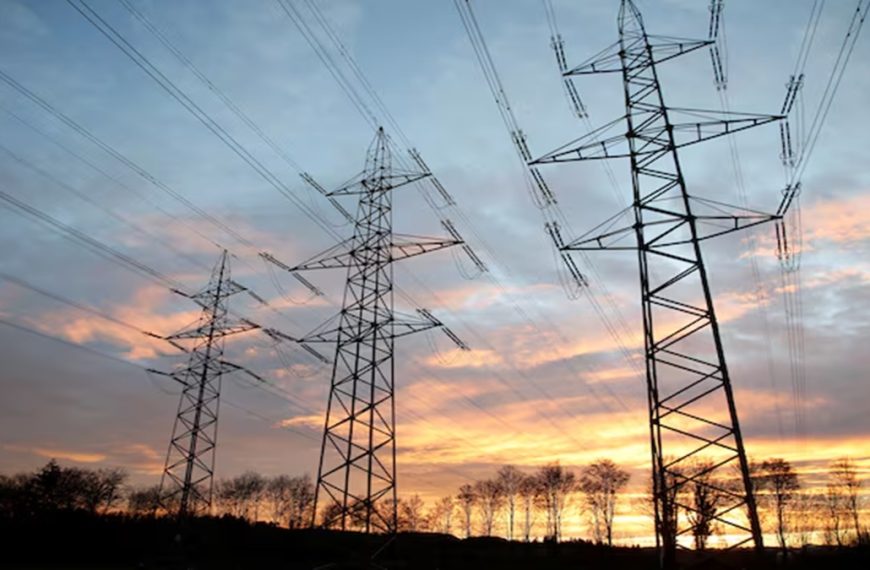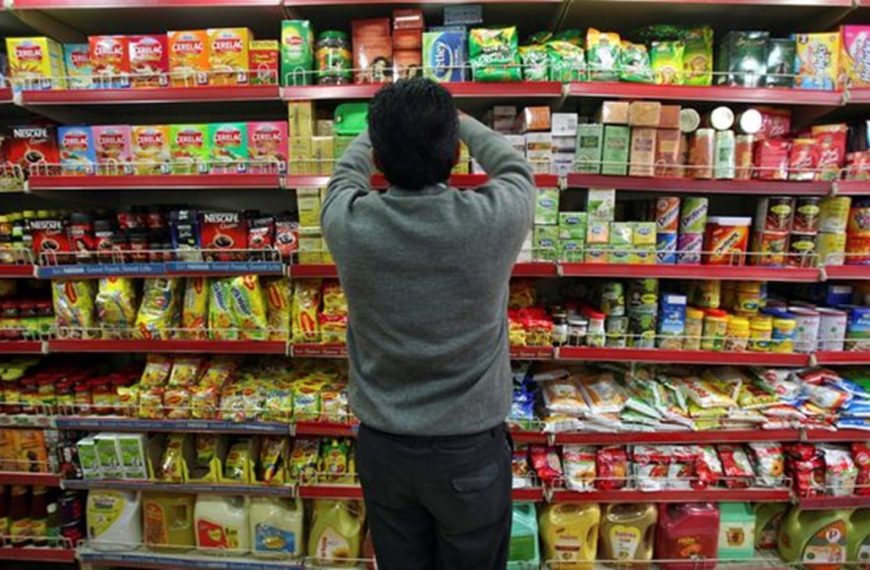As concerns mount over potential disruptions in exports due to the upcoming US reciprocal tariffs effective April 2, India’s Ministry of Commerce and Industry is urging local businesses to identify opportunities for substituting imports from countries like China with products sourced from the United States. This proactive approach comes in the wake of recent remarks by President Donald Trump, who criticized India’s elevated tariffs on automobiles and agricultural goods.
India’s Strategic Shift in Trade Relations
In light of this escalating trade tension, the Indian government is contemplating reductions in tariffs and expanding market access for American products. This move aims to mitigate the impact of significant American tariffs that could reshape global trade dynamics and heighten tensions with major trading partners, including China and the European Union.
Commerce Minister Piyush Goyal emphasized the government’s dedication to protecting exporters while implementing a comprehensive strategy that ensures favorable conditions for Indian trade. He encouraged exporters to adopt a proactive mindset, moving away from protectionism and focusing on future opportunities.
Industry Insights and Concerns
During a recent meeting with industry leaders, officials examined both the potential advantages and challenges posed by the imminent tariffs. Notably, exporters of steel and aluminum revealed that $5 billion in Indian exports have already been affected by Trump’s recent imposition of a 25% tariff on these metals.
“The MSME sector is particularly anxious, as much of this $5 billion in export volume comes from small and medium enterprises,” stated Pankaj Chadha, Chairman of the Engineering Export Promotion Council (EEPC). He highlighted that Chapter 73, which pertains to iron and steel products, contributes roughly $3 billion to these exports and is significantly driven by MSMEs. Additionally, Chadha noted that nearly $1 billion worth of shipments currently on their way to the US—taking an average of 60 days to arrive—will be subjected to the new tariffs.
Opportunities for Increased Market Access
Industry representatives offered suggestions on how India could enhance market access for US goods in various sectors, including textiles, electronics, gems and jewelry, and carpets. The textile industry expressed willingness to provide zero-duty access for American products, while the gems and jewelry sector advocated for a reduction in the current 5% duty on cut and polished diamonds to 2.5% instead of a complete elimination.
Interestingly, some exporters indicated a surge in orders for Indian products as traditional US suppliers such as China, Mexico, and Canada face increased tariffs. “Excluding a few sectors like agriculture, these tariffs may present opportunities for India due to our lower production costs. Ultimately, our competitive edge will be crucial, regardless of any tariff reductions on US goods,” commented an industry participant during the discussions.
Global Trade Implications
On a broader scale, the World Trade Organization (WTO) has raised alarms about the increasing uncertainty in trade policies, warning that the introduction of new tariffs could adversely affect global trade in the medium term. In its latest report, the WTO noted that while the barometer index reading of 102.8 indicates that merchandise trade is currently thriving, this growth might be short-lived. Businesses and consumers are possibly front-loading imports in anticipation of tariff hikes, which could lead to reduced demand later this year. The WTO advised caution in interpreting this index amidst the current volatility in trade policies.
In this dynamic landscape, India’s response to the changing trade environment will be crucial for safeguarding its economic interests and fostering sustainable growth.











